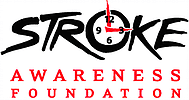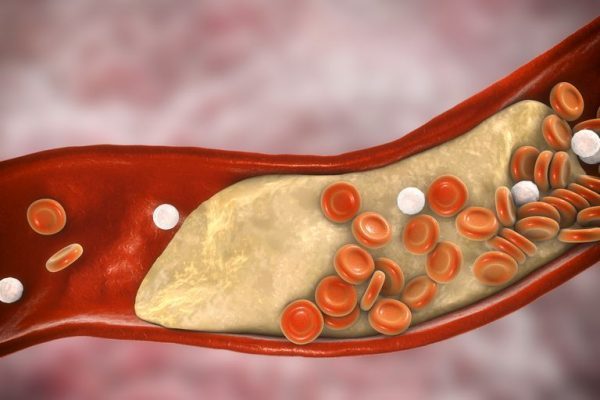Stroke Risk Factors
There are many risk factors for stroke, the front runner being high blood pressure. Below are other factors that put you at risk:
- High Blood Pressure
- Obesity
- High Cholesterol Levels
- Narrowed Arteries
- Diabetes
- Arrhythmia or AFIB
- Previous Stroke or Transient Ischemic Attack
- Over the Age of 65
- Family History of Stroke
There are also risk factors that come about from lifestyle choices, such as:
- Lack of Exercise
- Poor Diet
- Smoking
- Consuming More Than 2 Alchoholic Drinks per Day
Having 3 or more of these risk factors multiplies your risk for Stroke. Please talk to your healthcare provider if you have or notice them.
HIGH BLOOD PRESSURE – LEADING RISK FACTOR FOR STROKE
Blood pressure measures the force of blood against artery walls. High blood pressure, also known as hypertension, can damage arteries and put you at risk for stroke as much as 4-fold.
High blood pressure promotes plaque formation. Plaque is a waxy material made up of cholesterol and other particles that can build up in artery walls. When there is too much plaque, the arteries can become narrowed and restrict blood flow.
Blood pressure can be controlled with exercise, weight loss, dietary changes and medications. Blood pressure is measured with two numbers, the top is the pressure when the heart is beating (systolic pressure), and the lower number is the pressure when the heart is resting between beats (diastolic pressure). A systolic pressure of less than 120 over a diastolic pressure of less than 80 is considered normal for adults. For every 20 mmHG systolic or 10 mmHG diastolic increase in your blood pressure, your risk of stroke doubles.
HIGH CHOLESTEROL
Blood cholesterol is a fatty substance that travels through the bloodstream. When blood cholesterol is high it forms plaque, and the plaque builds up within the walls of arteries which can narrow the opening for blood flow. Over time, this can lead to stroke. Your health care provider can talk to you about controlling your cholesterol levels.
WHY SMOKING QUADRUPLES YOUR RISK OF STROKE
Smoking is the leading preventable risk factor for stroke. Smokers are four times more likely to have a stroke than non-smokers. Exposure to second-hand smoke may double a non-smoker’s risk.
The nicotine and carbon monoxide in tobacco smoke reduce the amount of oxygen in your blood. Smoking also damages blood vessel walls, making clots more likely to form.
Women who smoke and use oral contraceptives greatly increase their risk of coronary heart disease and stroke compared with non-smoking women who use oral contraceptives.
Smoking decreases HDL (good) cholesterol. Cigarette smoking combined with a family history of heart disease also seems to greatly increase the risk.




